Ohhhhhkay. We really love sprinkles around here. You, too? Of course you do. We’ve yet to meet an enemy of the sprinkle. They turn everything (even a bowl of oatmeal) into a party!
While you can typically go hog wild with your level of sprinkles love, covering any goodie with these little bursts of happiness. But did you know that sprinkles were each made with different purposes in mind?
Knowing more about your sprinkles may just help you get the most out of them, and perhaps there’s a sprinkle out there in the world that you haven’t tried before. What a happy day to meet a new sprinkle friend!
Types of Sprinkles
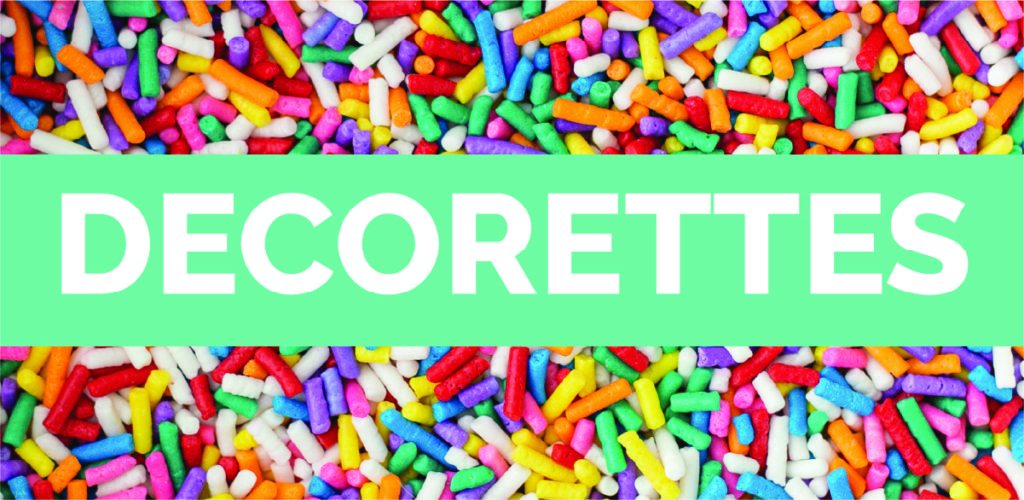
NAMES: Jimmies or Sprinkles
INGREDIENTS: Sugar, cornstarch, and powdered sugar. Usually coated in a little wax.
BEST USES: When thinking of “sprinkles”, we usually think of these tiny rods. They are iconic on ice cream or cakes as they keep their shape really well when added to moise ingredients or baked in the oven. In certain European countries and Australia, people add them to their toast in the morning. That’s a happy way to wake up!
DID YOU KNOW: These sprinkles were traditionally made of chocolate, but that has changed over the years to a product with a light flavor. Many companies are starting to create decorettes with real chocolate again. So keep your eyes out for those tasty options.
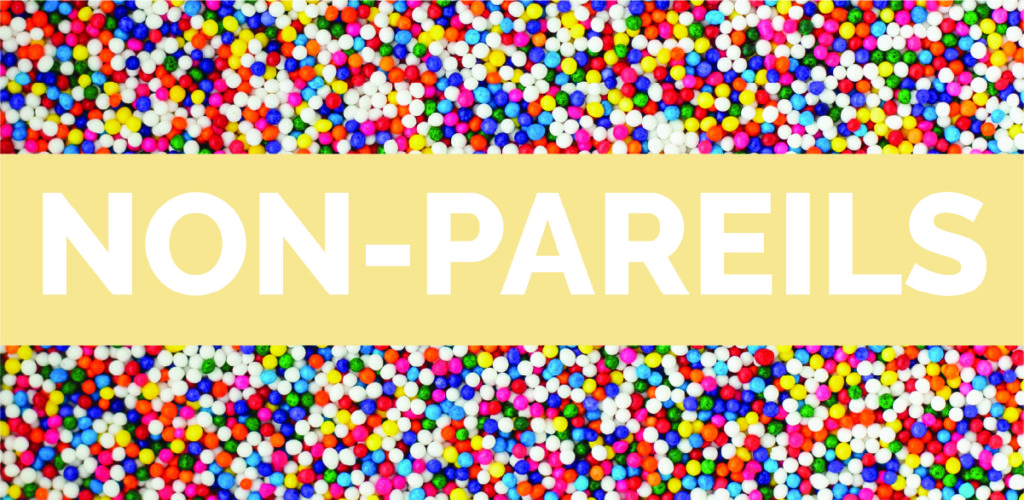
NAMES: Non- Pareils or Hundreds and Thousands
INGREDIENTS: Sugar and cornstarch (many types of sprinkles are made with the same ingredients!)
BEST USES: If crunch and texture is what you are after, these are so satisfying! Adding a sprinkle of these to the top of a cupcake or to coat the sides of a macaron immediately ups the texture game. This sprinkle style tends to bleed the most, so keep that in mind in moise applications.
DID YOU KNOW: Non-pareils have origins in France but they were popularized in a very unique way. Victorian pharmacists would soak liquid medicine in these non-pareils, thus creating the first pill! Kids might take their medicine more often if sprinkles were involved, right?
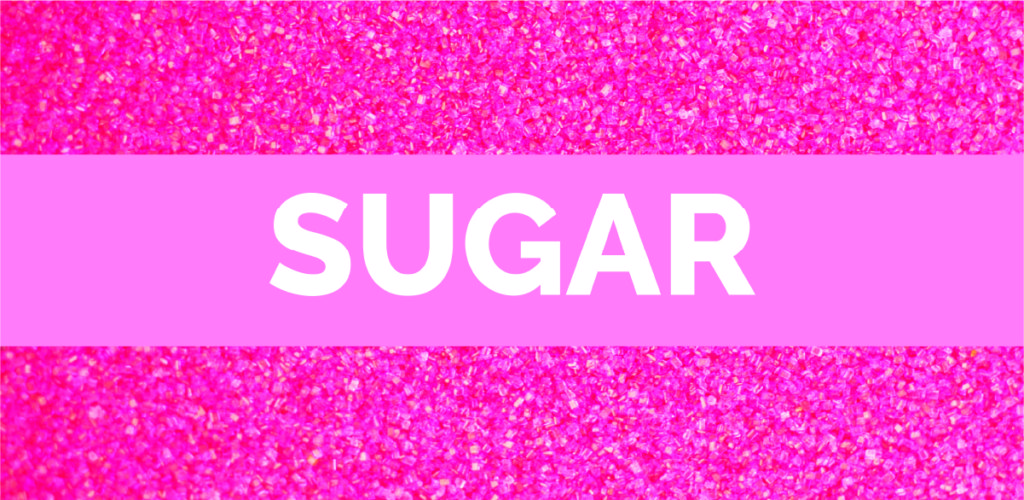
NAMES: Sanding sugar, coarse sugar, sugar crystals, pearl sugar
INGREDIENTS: Sugar and food coloring
BEST USES: Both sanding sugar and coarse sugar sprinkles are larger than refined white sugar. The clear-crystals will make your baked goods sparkle! Because the granules are larger, this sugar will not melt in the oven. It also comes in oh-so-many colors. It’s a win-win-win for decorating, especially on frosted cookies.
DID YOU KNOW: Sugar sprinkles are made by drying out sugar syrup, then screening and coloring the granules that are left behind. You can also make your own sanding sugar using a coarse ground sugar like turbinado and adding any gel food coloring of your choice.
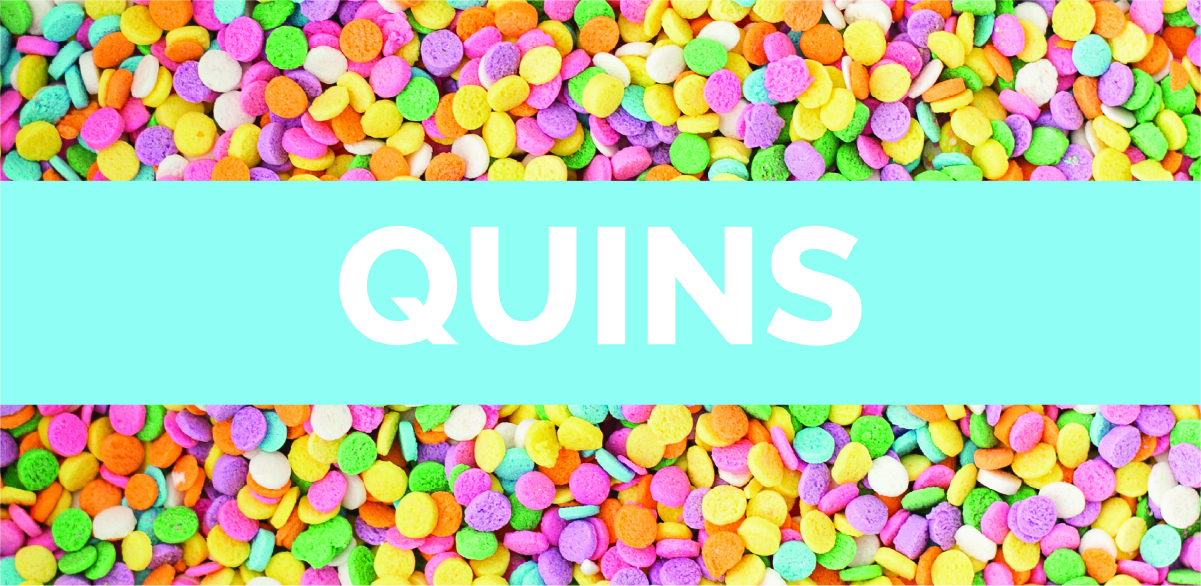
NAMES: Quins, sequins, sugar shapes
INGREDIENTS: sugar, cornstarch, and rice flour
BEST USES: Quins add a touch of adorable to everything! While they are cute, they are tricky choice when it comes to baking applications. The high heat of the oven can melt these (like the famous Funfetti cake mix) and create tie dye effect in recipes that are particularly moist. These are perfect to sprinkle on top or cover a cake.
DID YOU KNOW: These were originally produced only as round shapes, but many companies are creating their own styles specific to holidays and cake themes! The options truly are endless.
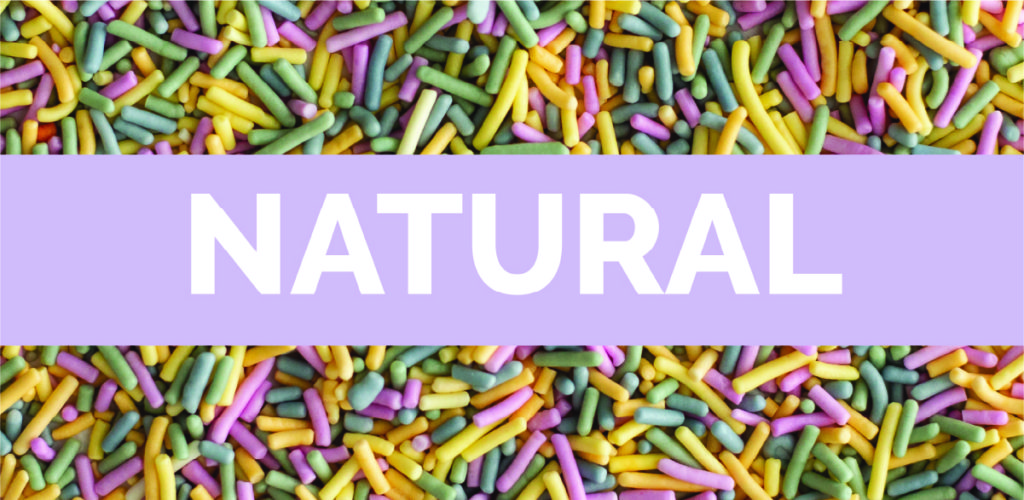
NAMES: Natural (but can be found in many shapes)
INGREDIENTS: Natural ingredients usually are targeted in the area of color, using natural dyes from vegetables to achieve a colored sprinkle
BEST USES: These sprinkles can be used like traditional counterparts. Some brands don’t use wax to coat their product, so make sure to test them out before you bake them in case they happen to bleed or melt.
DID YOU KNOW: This category started off as a niche product making them tough to find. Many companies are now releasing their own version of natural sprinkles including Sweetapolita, Wilton, SuperNatural and India Tree.
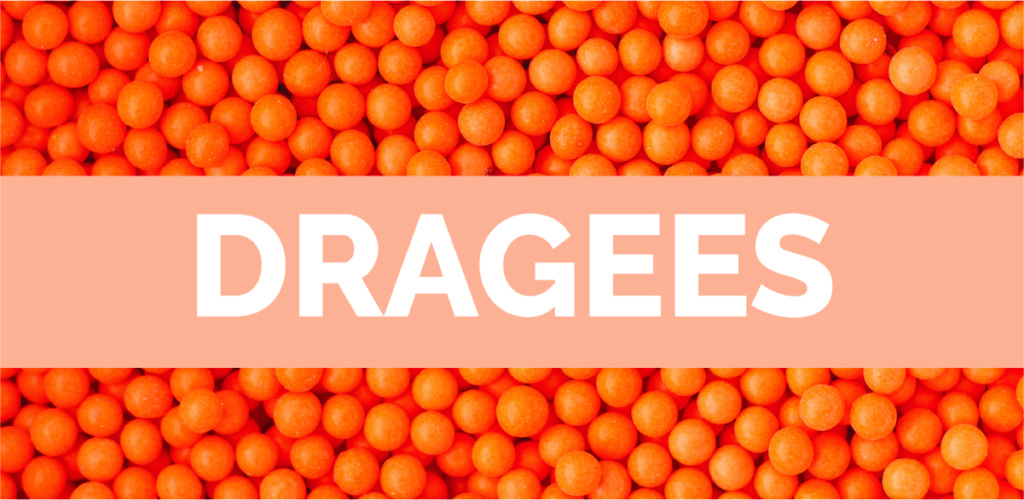
NAMES: Silver BB’s, Sprinkle Balls, Sugar Pearls
INGREDIENTS: Hardened sugar covered in a confectionary coating.
BEST USES: We like to think of dragees as a final topper to your baked goods. Many times these little sugar pearls have a very hard texture (be careful on your teeth!), adding just a few in a thoughtful way can add a nice look to your finished product. If these are mixed with other styles, we recommend sifting out the dragees and placing them by hand.
DID YOU KNOW: Back in 1906, the FDA outlawed all metallic food ingredients, including dragees with a shiny finish. But even today, the scientific research regarding their safety is still a bit blurry. While there’s no evidence proving these sprinkles are poisonous or harmful when eaten in reasonable amounts, silver can be dangerous when consumed in large quantities.

How to Apply
- Use your fingers- grab a little pinch of sprinkles and wiggle your fingers to shake the sprinkles all around your frosted treat. We like placing larger quins and dragees with our fingers so you can get them just where you like them.
- Use a spoon– great for small little sprinkles, use a spoon to help you place them on top!
- Roll right in the sprinkles- put your sprinkles in a dish, and dip your frosted treat right into the sprinkles.
Baking with Sprinkles
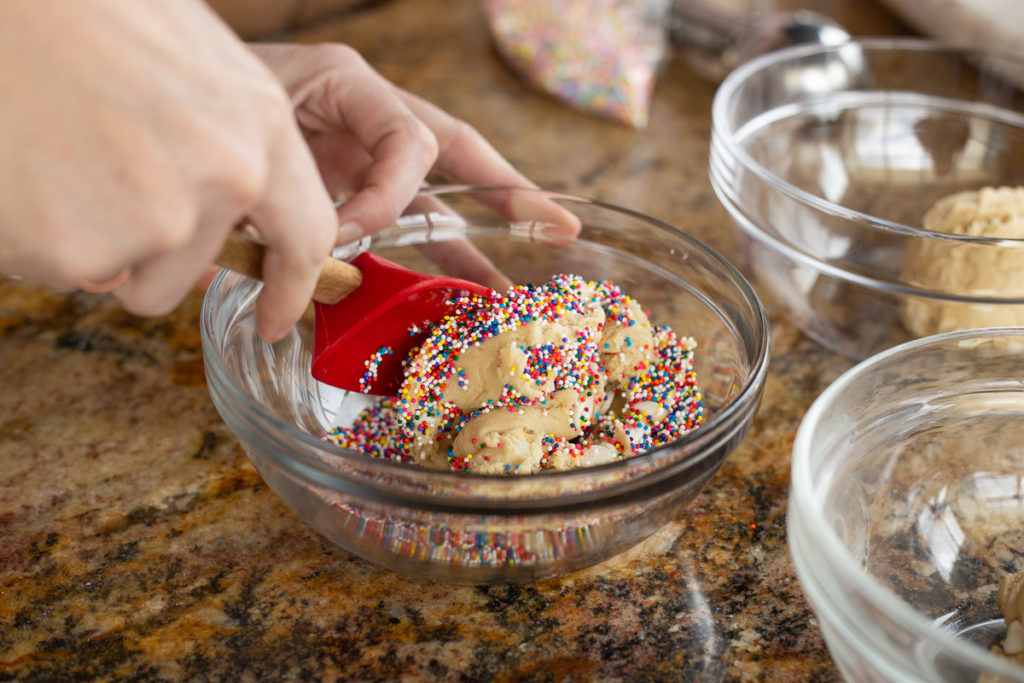
We threw our much-loved sprinkles into these party cookies (from Small Kitchen Sweets, hey Spencer!) to see how they would bake up. And we are HAPPY to report that they are very pleasant all rolled up in dough.
We were curious to know if each type would vary once introduced to a semi-moist dough. We knew that non-pareils tended to be the most likely to bleed into the dough, and while we secretly hoped they’d create a tie dye effect, we were pleasantly surprised to see that all the sprinkles all stayed fairly color-fast.
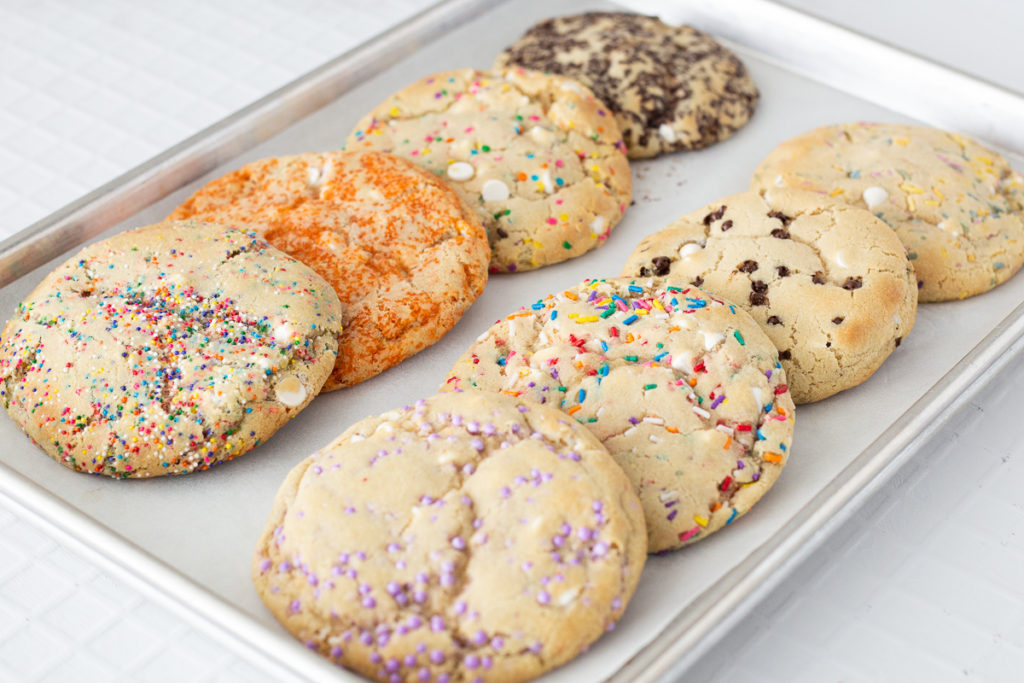
Now, isn’t that a happy tray of cookies?? Try throwing your sprinkles in to some cookies or cake. Or maybe on top of your bowl of ice cream. There’s always a space for sprinkles. Where do you want to add a little happiness with some sprinkles?
Storing Sprinkles
Now, you’ve got a collection of sprinkles, how do we keep them fresh?
- Store them in an airtight container, we love this little jar, or these plastic deli container. We found the above image of the ultimate sprinkle storage collection goals with a quick google search… we can all dream, right?
- Keep them in a neutral temperature environment – so keep out of the fridge and the sunlight. Extreme temperatures can alter the color and texture of your sprinkles.
- Some sprinkle companies are making their sprinkles with fewer preservatives, and therefore they don’t last quite as long. 6-12 months is the ideal amount of time. If your sprinkles are mostly sugar, they will last longer as sugar is already a natural preservative. Just take a taste of your sprinkles before you throw them on your cookies or cupcakes.
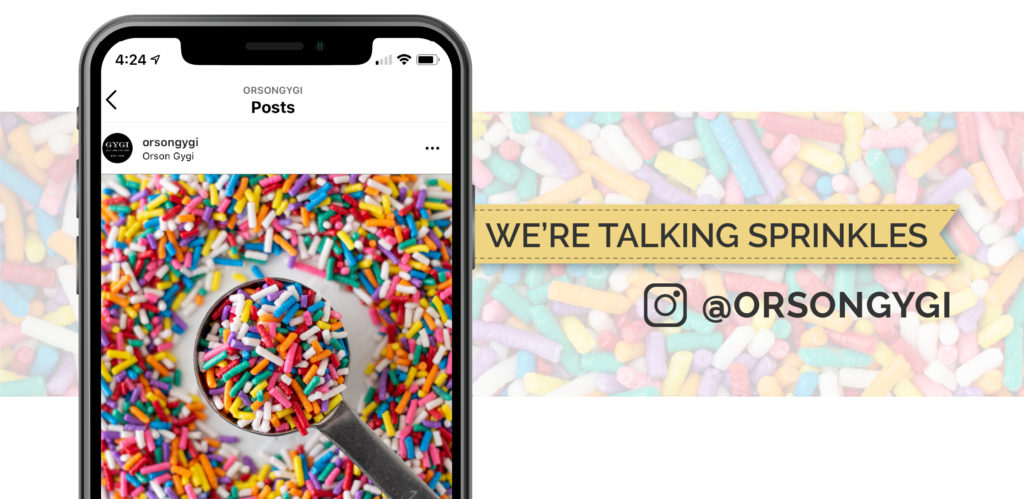

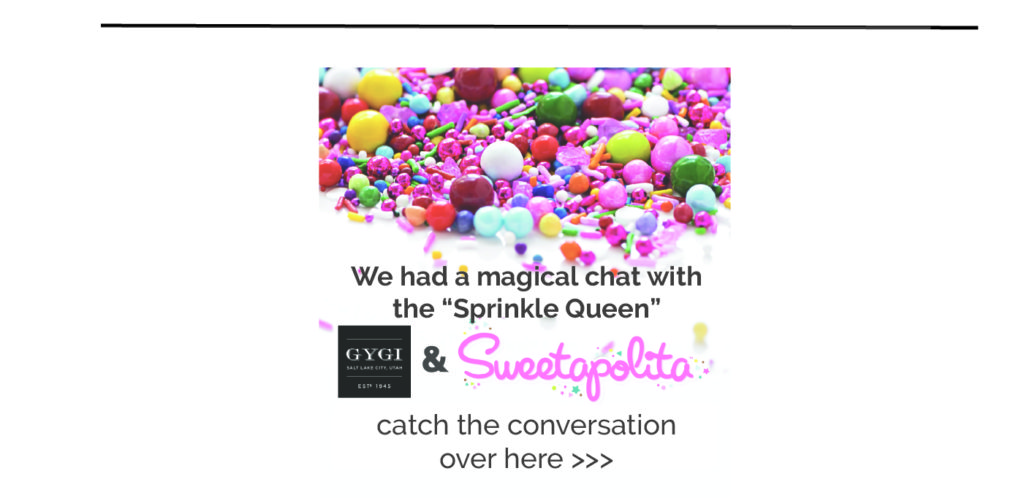
Do you have a favorite sprinkle? Or one your anxious to try? Share your sprinkle adventures with us in the comments below…

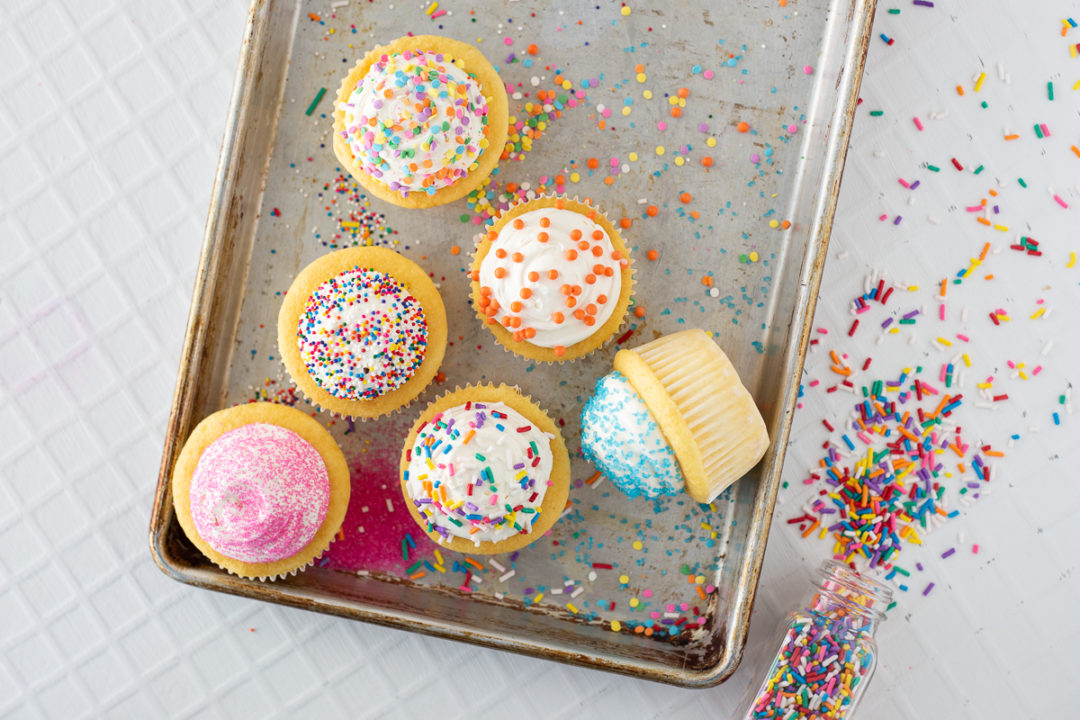
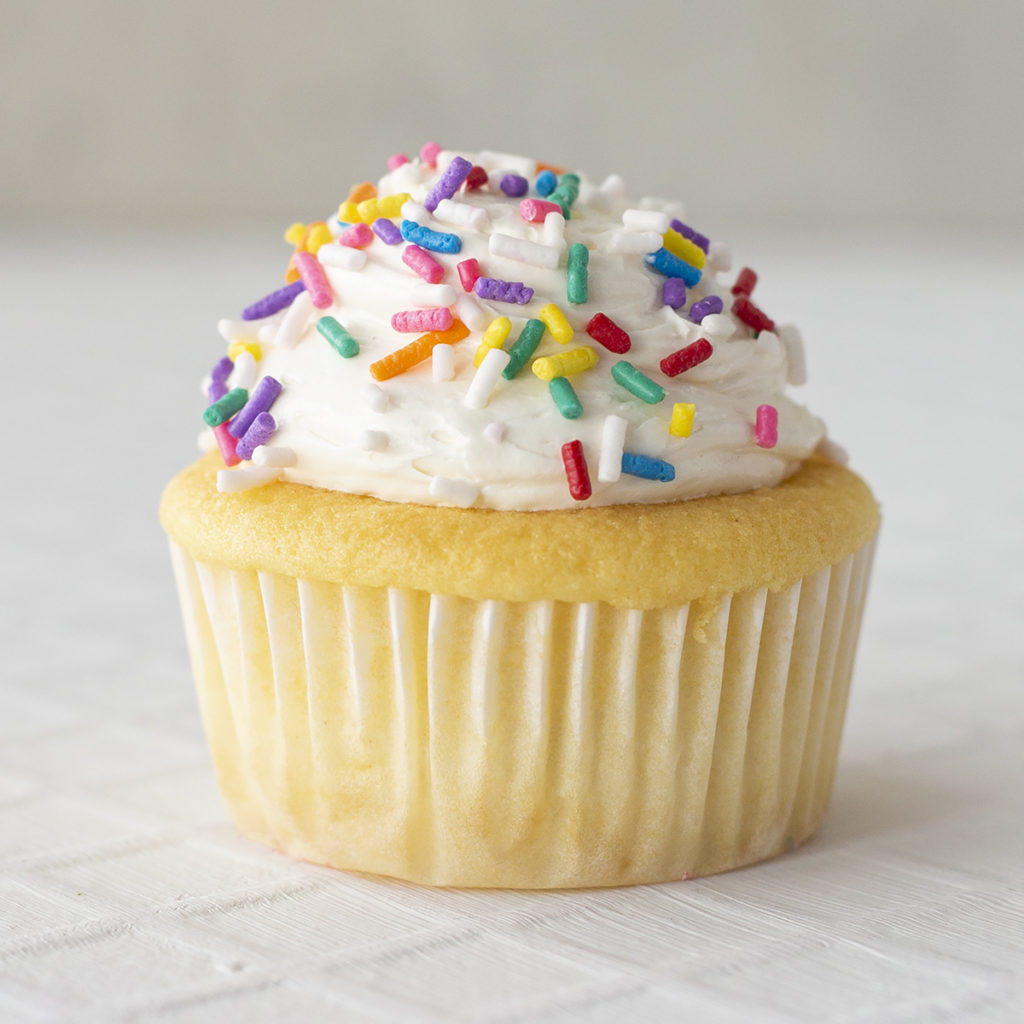
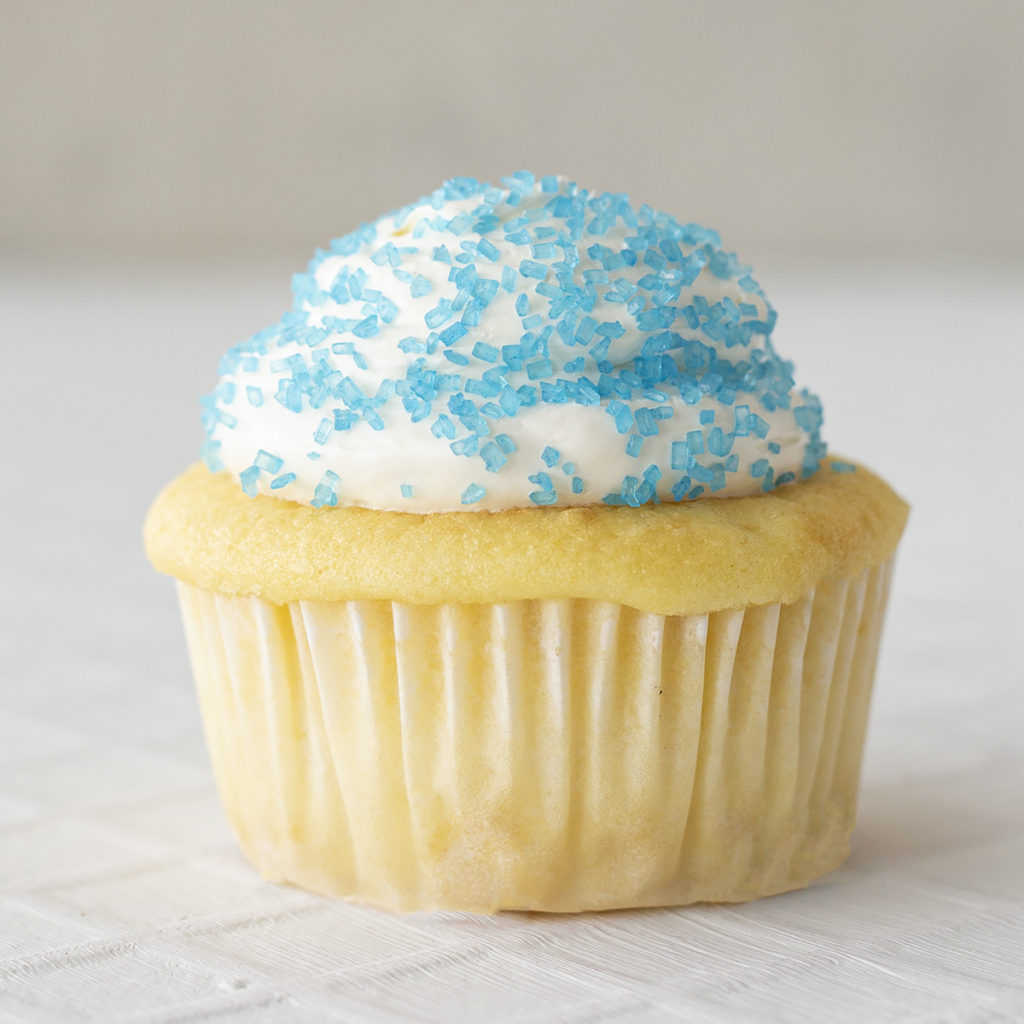
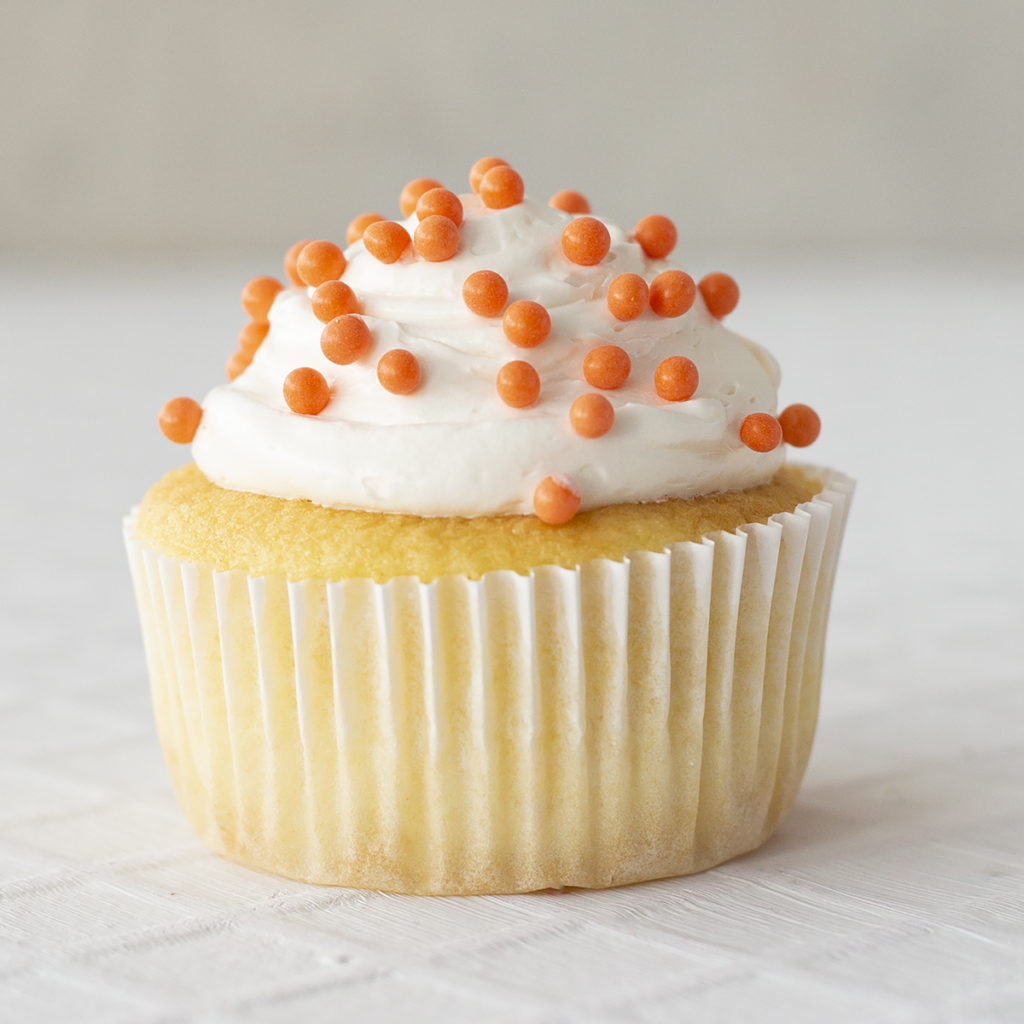
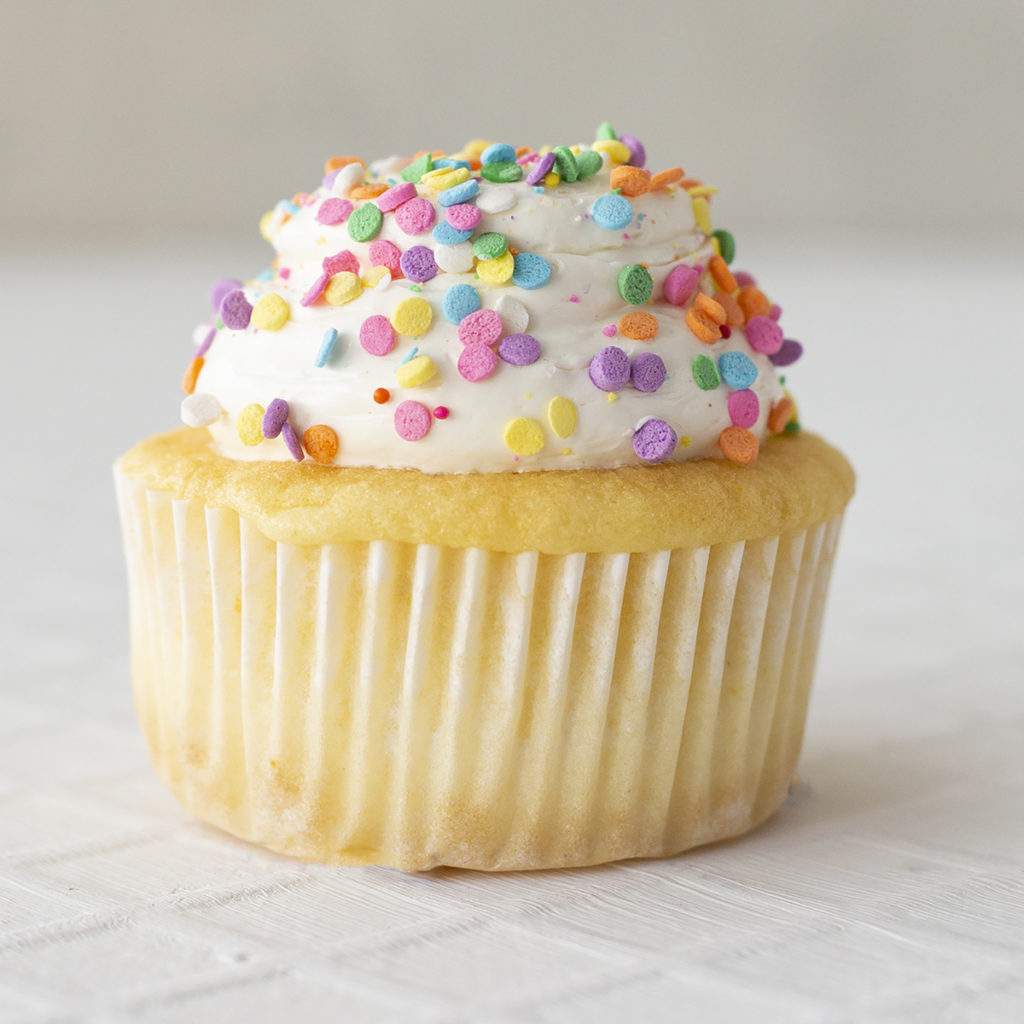
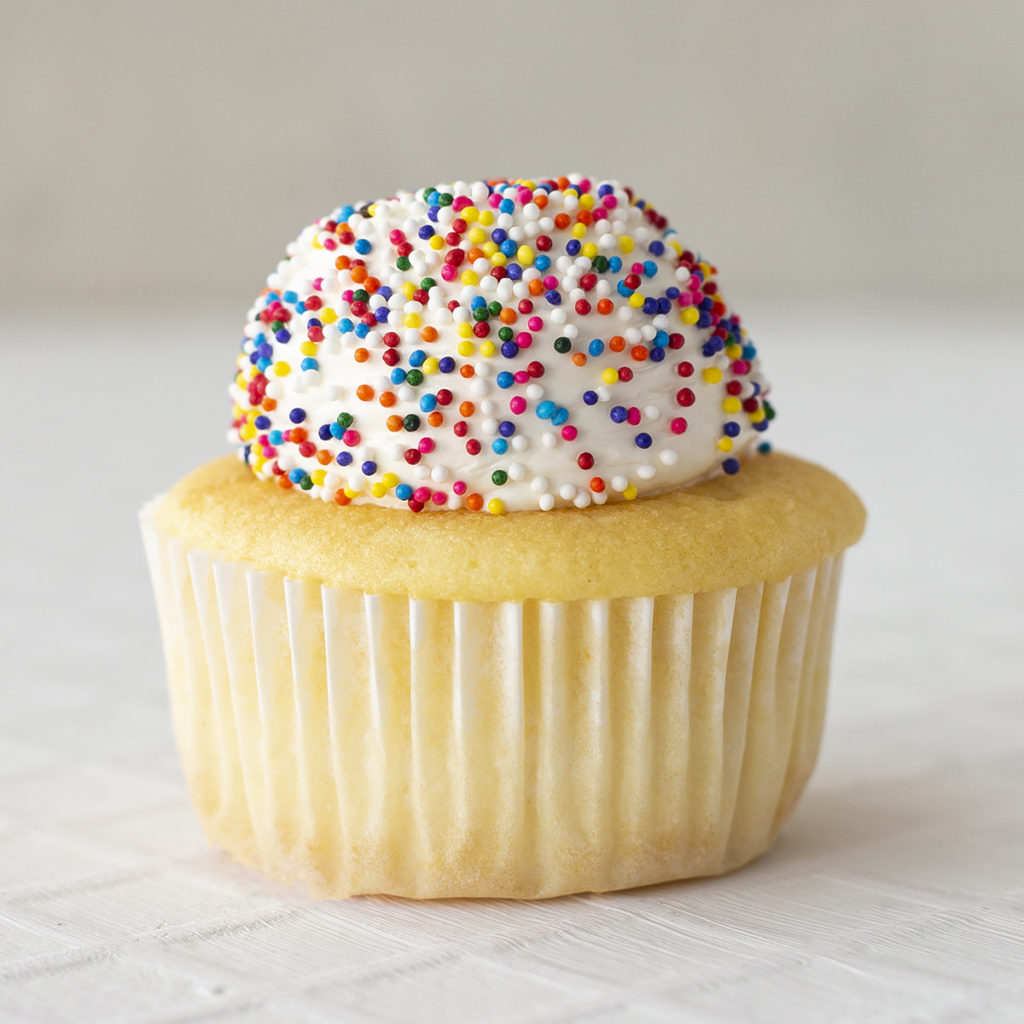
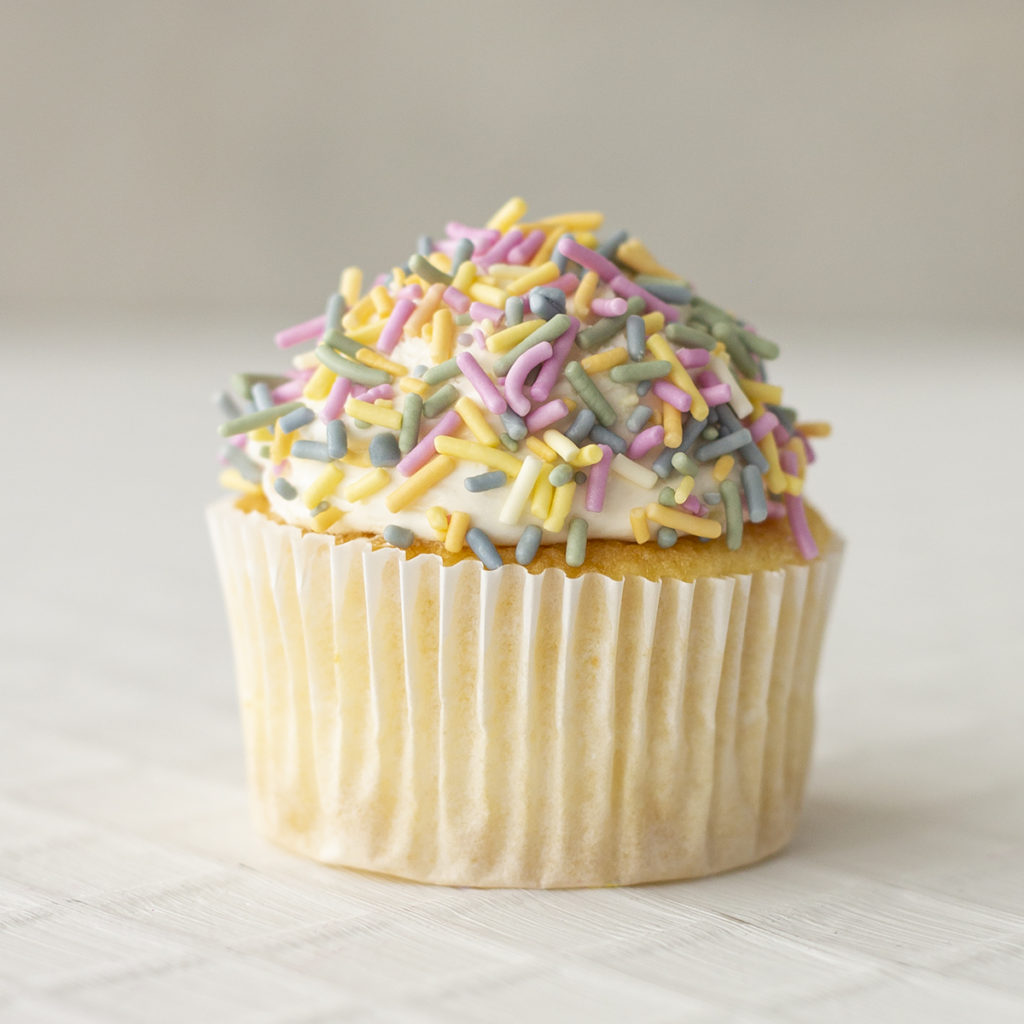

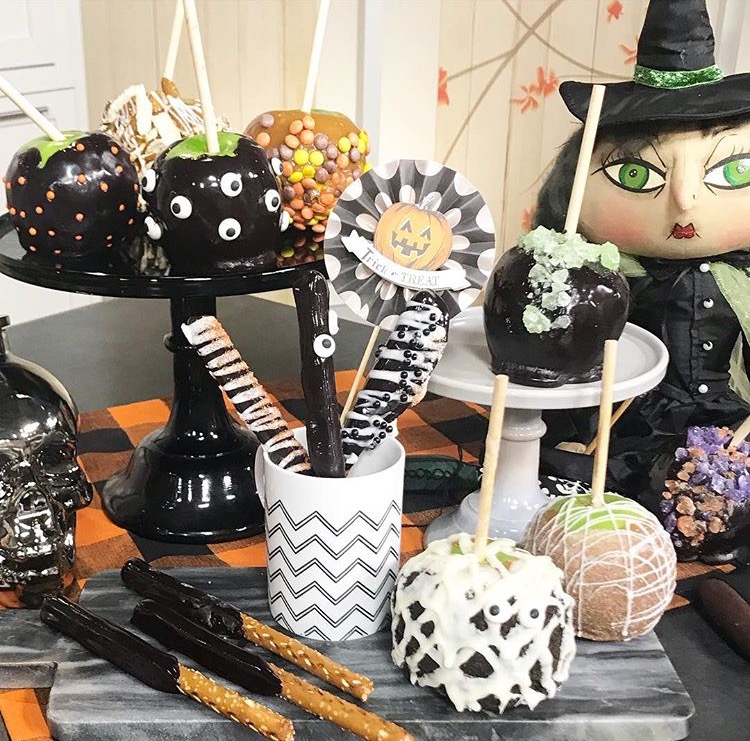
No Comments